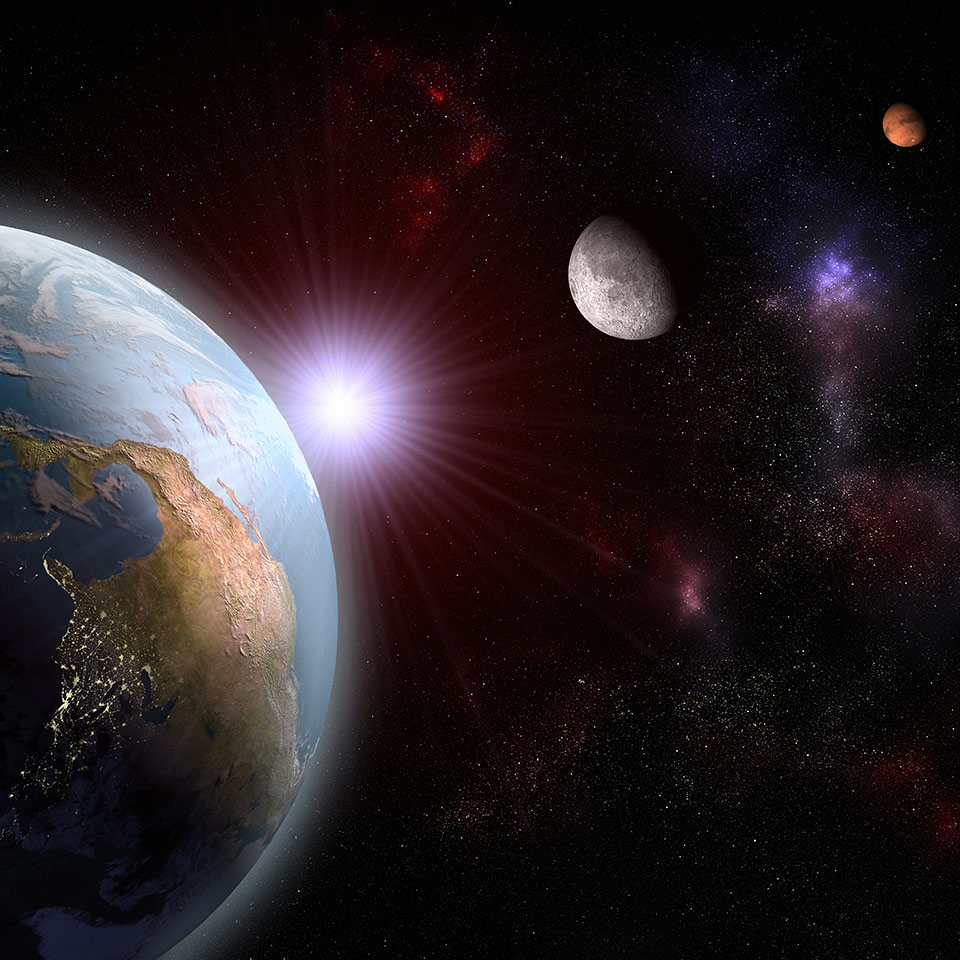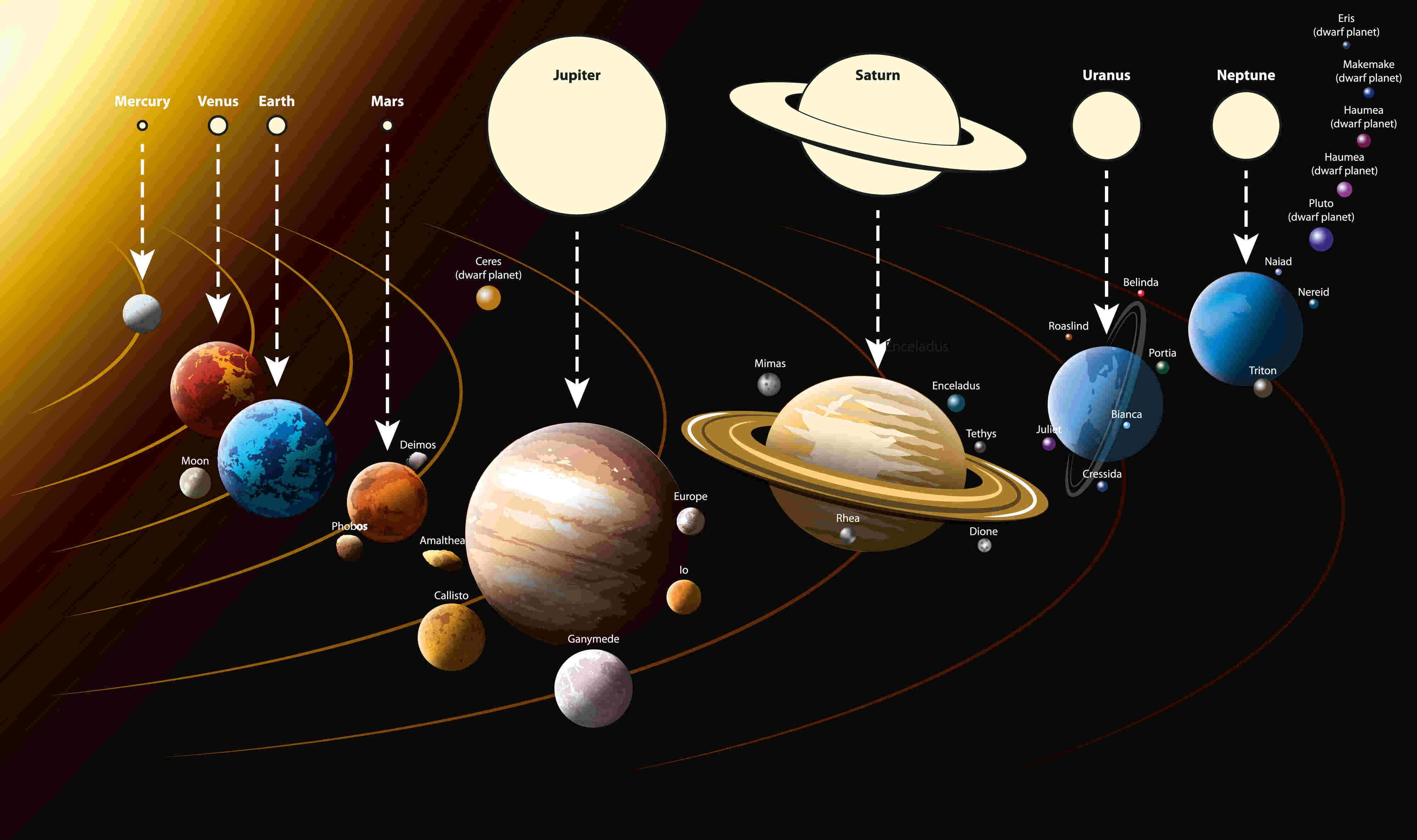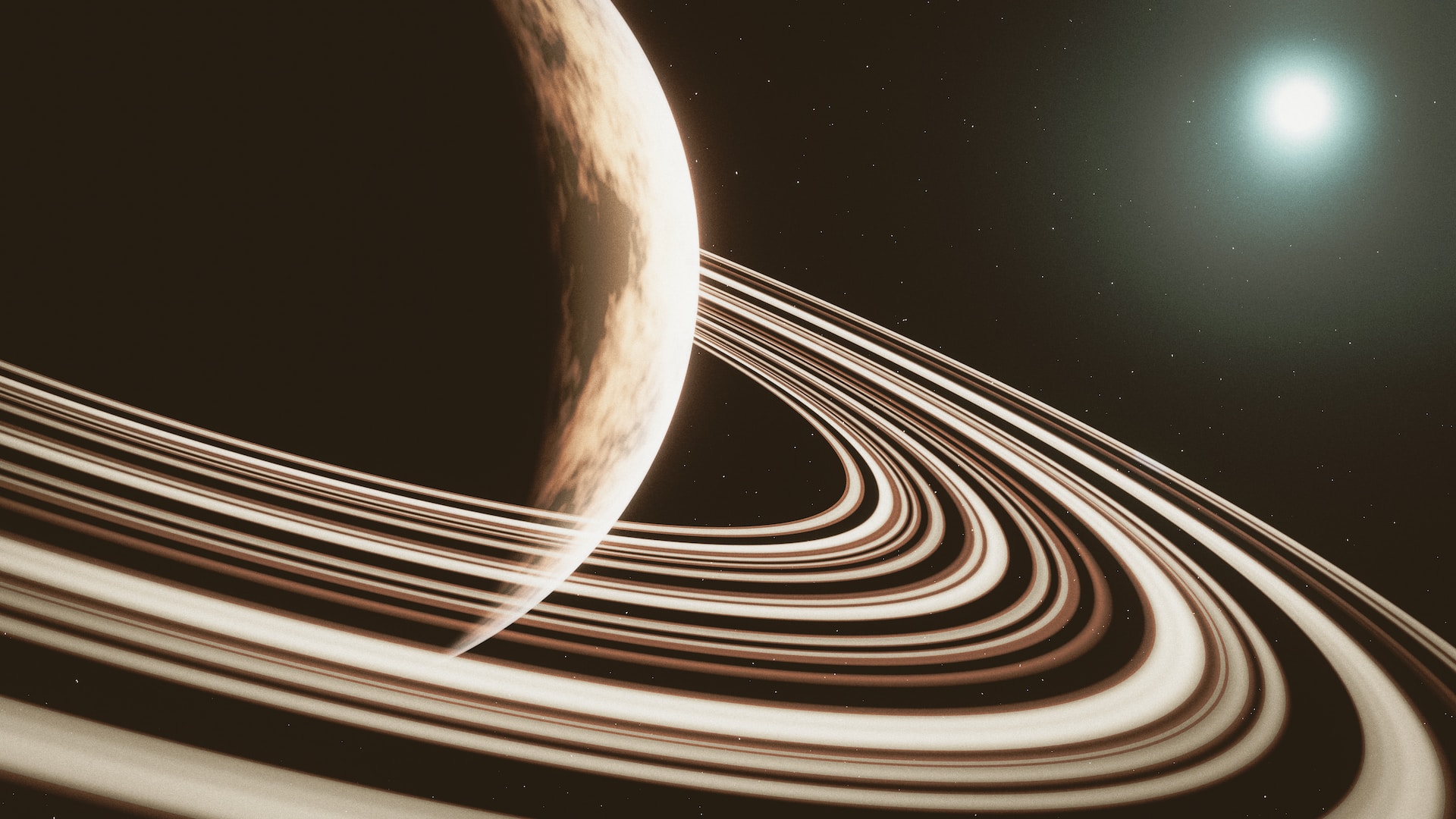Have you ever looked up at the night sky and wondered about the countless celestial bodies that exist beyond our world? In this article, we'll be exploring the wonders of planets…
What Are Planets & How Are They Formed?
Planets are large celestial bodies. They orbit stars and do not produce their own light. They are typically round or oblate spheroids, and are made of materials that include rock, ice, and gas.

Planet formation can take millions of years. The most widely-accepted theory for how planets are formed is the nebular hypothesis. According to this theory, planets are formed from the leftover gas and dust after a star forms. This cloud of gas and dust, called a nebula, begins to collapse under its own gravity, eventually forming a protostar at its centre.
As the protostar grows, it begins to heat up and emit radiation, which clears away the gas and dust in the surrounding area. The remaining gas and dust begin to clump together, forming small planetesimals. These planetesimals can then collide and merge to form larger bodies, eventually growing into planets.
How Many Planets Are There in the Universe?
Determining the exact number of planets in the universe is difficult, since we’ve only been able to observe a small fraction of it. However, astronomers estimate that there could be billions of planets in our galaxy alone, and there are over 100 billion known galaxies in the observable universe!
Additionally, we have recently discovered exoplanets. Exoplanets are simply planets that orbit stars outside of our Solar System. In over a decade of use, the Kepler Space Telescope has indicated that there could be as many as 100 billion planets in just the Milky Way.

Order of the Planets from the Sun
Starting from the closest to the sun, the eight planets in our Solar System are:
Mercury: This rocky planet is the smallest in the Solar System and orbits the sun in just 88 Earth days. It has no atmosphere and is heavily-cratered due to its lack of protective atmosphere. It is also known for its extreme temperature fluctuations, with temperatures reaching up to 427 degrees Celsius during the day and dropping to -179 degrees Celsius at night.
Venus: Often referred to as Earth's "sister planet" (due to its similar size and composition), Venus is the second planet from the sun. It is covered in thick, toxic clouds that trap heat and make it the hottest planet in the Solar System, with temperatures reaching up to 480 degrees Celsius. It also rotates in the opposite direction to most other planets in the Solar System.
Earth: Our home planet is the third planet from the sun and the only known planet to support life. It has a diverse and complex atmosphere, which helps to regulate its temperature and protect life on the surface from harmful solar radiation.
Mars: Often referred to as the "Red Planet" (due to its rusty colour), Mars is the fourth planet from the sun. It has a thin atmosphere and a cold, desert-like surface. It’s also home to the largest volcano and the deepest canyon in the Solar System.
Jupiter: This gas giant is the largest planet in the Solar System and the fifth planet from the sun. It has a distinctive banded appearance that’s caused by strong winds in its atmosphere. Jupiter is home to the “Great Red Spot”: a massive storm that has been raging for over 300 years.
Saturn: This gas giant is the sixth planet from the sun and is famous for its stunning system of rings (made up of ice particles and rocks). Saturn is the least dense planet in the Solar System, meaning it could float on water.
Uranus: This ice giant is the seventh planet from the sun and is known for its distinctive blue-green colour. It is tilted on its side, with its north and south poles lying where the equator would be on other planets.
Neptune: This ice giant is the eighth planet from the sun and is known for its striking blue colour. It’s the windiest planet in our Solar System, with wind speeds that reach up to 1,200 miles per hour! Neptune also has a large, dark storm known as the “Great Dark Spot”.
Dwarf Planets
A dwarf planet is a celestial body that orbits the sun and has enough mass to form a roughly spherical shape, but is not considered a regular planet because it’s not cleared its orbit of smaller objects. Regular planets tend to remove all (or most objects) from their orbit and dominate their area.
Did you know that there are actually 5 officially-recognised dwarf planets in our Solar System?
These are:
Ceres
Ceres is located in the asteroid belt between Mars and Jupiter. It was discovered in 1801 and was initially classified as an asteroid, before being reclassified as a dwarf planet in 2006. Ceres is believed to have a rocky core and a thick icy mantle, and recent studies have suggested that it may have a subsurface ocean of liquid water.
Pluto
Pluto was once classified as the ninth planet in our Solar System, but was reclassified as a dwarf planet in 2006. It is located in the Kuiper Belt, a region of the Solar System beyond Neptune that is home to many icy objects. Pluto has a rocky core and a thick layer of ice on its surface, and is known for its five moons, including Charon, which is nearly half the size of Pluto.
Haumea
This elongated, egg-shaped dwarf planet is located in the Kuiper Belt and was discovered in 2004. It rotates rapidly, completing a full rotation in just four hours, and has two small moons.
Makemake
This dwarf planet is also located in the Kuiper Belt and was discovered in 2005. It is one of the largest-known objects in the Kuiper Belt and has a highly-reflective surface that’s similar to fresh snow.
Eris
This dwarf planet is located in the scattered disc; a region of the Solar System beyond the Kuiper Belt. It was discovered in 2005 and is slightly larger than Pluto. Eris is known for its highly elliptical orbit and was one of the main reasons why Pluto was reclassified as a dwarf planet.

Other Unusual & Interesting Planets
From gas giants to small, rocky worlds, the variety of planets we've discovered so far is truly staggering. Among them, some stand out as particularly unusual or fascinating.
Planet HD 189733b: Located about 63 light-years away from Earth, this gas giant is known for having a deep blue colour that’s similar to the Earth's own atmosphere, and for its incredibly high winds, which can reach up to 5,400 miles per hour!
Kepler-438b: Located about 640 light-years from Earth, this planet is similar in size and composition to Earth. It’s also located in the "habitable zone" of its star, which means that the temperature is just right for liquid water to exist on its surface.
WASP-12b: This planet is a gas giant located about 600 light-years away from Earth. This planet is known for its extreme proximity to its host star, which causes it to have a temperature of over 2,500 degrees Celsius and to be stretched into an egg shape (due to the star's gravitational pull).
Stars Vs Planets
Stars and planets are both celestial bodies, but they are fundamentally different. The main difference is that stars generate their own light and heat, while planets reflect light from stars and have no internal heat source.
A star is a massive, luminous sphere of plasma that’s held together by its own gravity. It generates energy through nuclear fusion in its core, where hydrogen atoms combine to form helium, releasing vast amounts of energy in the process. This energy is what makes stars shine so brightly in the night sky.
Planets, on the other hand, are much smaller than stars and do not generate their own light or heat. Instead, they orbit stars and reflect the light they receive.
Classifying an object as a star or a planet is based on its characteristics and behaviours. For example, if a celestial body is massive enough to generate energy through nuclear fusion in its core, it is classified as a star. If it is not large enough to generate its own energy but orbits a star, it is classified as a planet.

Examples of Stars
Betelgeuse: This is a red supergiant star located in the constellation Orion. It is one of the largest-known stars and is expected to explode in a supernova in the next few thousand years.
Sirius: This is a binary star system, located in the constellation Canis Major. It consists of a main-sequence star and a white dwarf, and is the brightest star in the night sky.
Proxima Centauri: This is a red dwarf star that’s located near our Solar System, just 4.2 light-years away. However, it’s too dim to be seen with the naked eye.
If you’d like to learn more about astronomy and delve deeper into the wonders of the universe, then why not enrol in our Astronomy Diploma Course? It’s available now for just £29, which represents a staggering saving of £98. We also have an absolutely fantastic course for kids that covers Exploring Outer Space. Expand your knowledge and explore the mysteries of the universe with the Centre of Excellence today!




